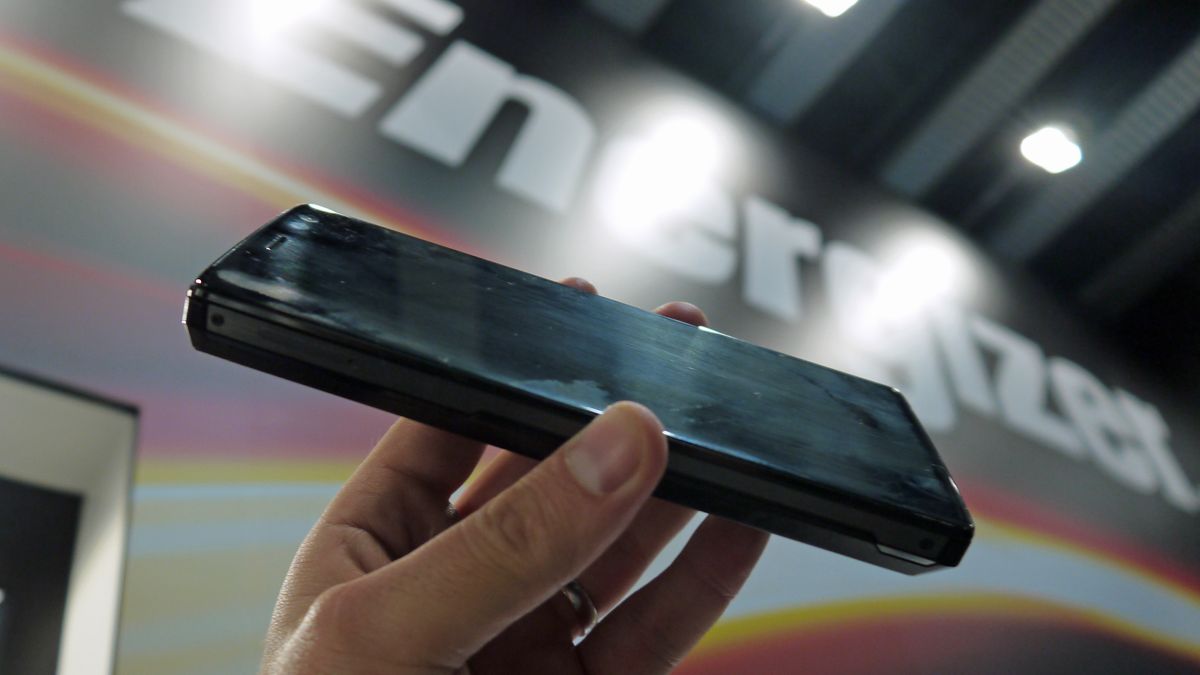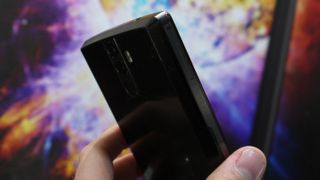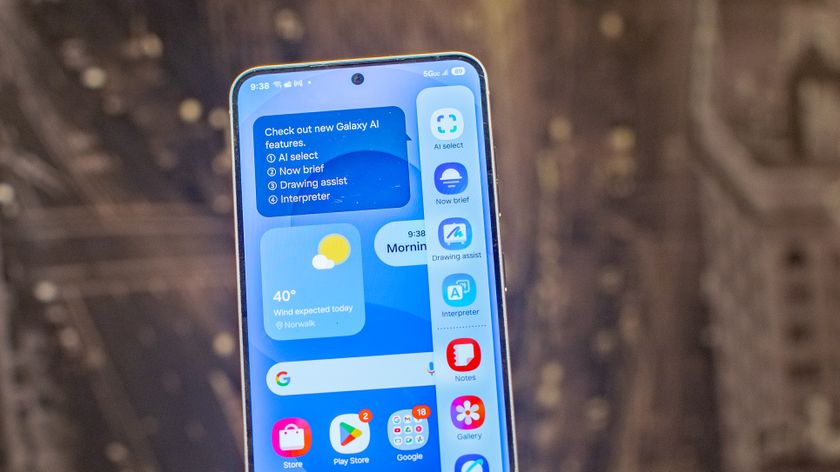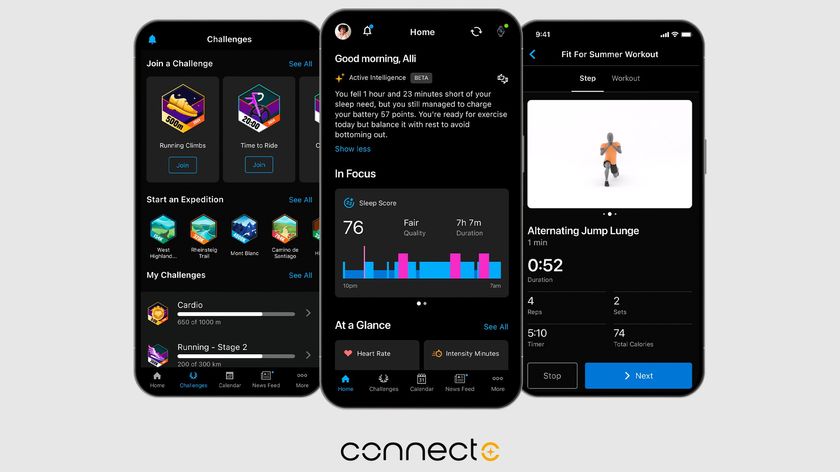Energizer’s Power Max P16K Pro: the phone with a battery that could last a working week
For those who can't be bothered to charge their phones

Sixteen thousand milliamp hours? In a phone? That's what the Energizer Power Max P16K Pro is boasting.
Let’s get what this one-of-a-kind phone claims to have into some context: the iPhone X packs a 2,716mAh battery, while the Samsung Galaxy S9 Plus goes all the way to… 3,500mAh.
So the Power Max P16K Pro’s 16,000mAh battery is about four or five times bigger than the big boys’ batteries. That’s massive.

With this in mind, we’re not sure why its makers are playing down its longevity. “It’s really hard to talk about average use, because battery power all depends on how much you’re using WiFi and data. But this phone’s battery should be long enough for about two or three days of normal use,” says Julien Emard at Marseille, France-based Avenir Telecom, which licenses the Energizer brand for phones and accessories.
Only a smartphone addict would eat through 16,000mAh that quickly, surely? We reckon four or five days seems more likely for most.
“We thought we’d give it a big battery because, hey, it’s Energizer – it HAS to have a big battery!” said Emard.

Although the company was also showing its Energizer Power Max P600S with a paltry 4,500mAh battery, it’s the P16K Pro that’s been grabbing all of the attention at MWC.
Get daily insight, inspiration and deals in your inbox
Sign up for breaking news, reviews, opinion, top tech deals, and more.
It’s out in September 2018 for US$738 / €599 / £528, though the six-month lead time might make you think that this was an early prototype unit. You’d be right.
Despite claims of it having an ‘ultra slim design’, the prototype of the P16K Pro we saw was not super-slim.
In fact, in the hand it feels more like two 6-inch phones on top of on another; it’s about 15mm thick.

Weight and size aside, in lots of ways it’s no different to any other mid-to-high-end Android phone. An on-trend 18:9 screen hosts a vanilla Android 8 OS, and it boasts a dual-camera set-up – 16MP and 13MP – behind a dual lens array on the from, too (13MP and 5MP).
It runs 6GB of RAM and 128GB storage, and even supports a 64GB microSD card, but the high-end high jinks ends there; inside is not a Snapdragon 845, but a a Mediatek Helio P23 chip. Ah well.
In total it weighs 350g and 'fast' charging will happen through USB Power Delivery - it should take 90 minutes to top up, given the size of the battery in this thing.
Avenir Telecom was also showing-off the Energizer Hardcase H590S, a rugged phone which lacks the dual lens set-ups, and sits in a different product category altogether separate to the Power Max P600S.
It’s big, it’s bulky, and it’s all about the battery. Able to last a week without recharge and great for off-the-grid travel, the P16K Pro’s specs impress, particularly its massive 16,000mAh, but there’s no Snapdragon 845.
Unfortunately, it's a prototype for now - we didn't even see the thing switched on, so it could just be a glorified powerbank with a screen. All will be revealed when it comes to markets this September.
MWC (Mobile World Congress) is the world's largest exhibition for the mobile industry, stuffed full of the newest phones, tablets, wearables and more. TechRadar is reporting live from Barcelona all week to bring you the very latest from the show floor. Head to our dedicated MWC 2018 hub to see all the new releases, along with TechRadar's world-class analysis and buying advice about your next phone.
Jamie is a freelance tech, travel and space journalist based in the UK. He’s been writing regularly for Techradar since it was launched in 2008 and also writes regularly for Forbes, The Telegraph, the South China Morning Post, Sky & Telescope and the Sky At Night magazine as well as other Future titles T3, Digital Camera World, All About Space and Space.com. He also edits two of his own websites, TravGear.com and WhenIsTheNextEclipse.com that reflect his obsession with travel gear and solar eclipse travel. He is the author of A Stargazing Program For Beginners (Springer, 2015),












